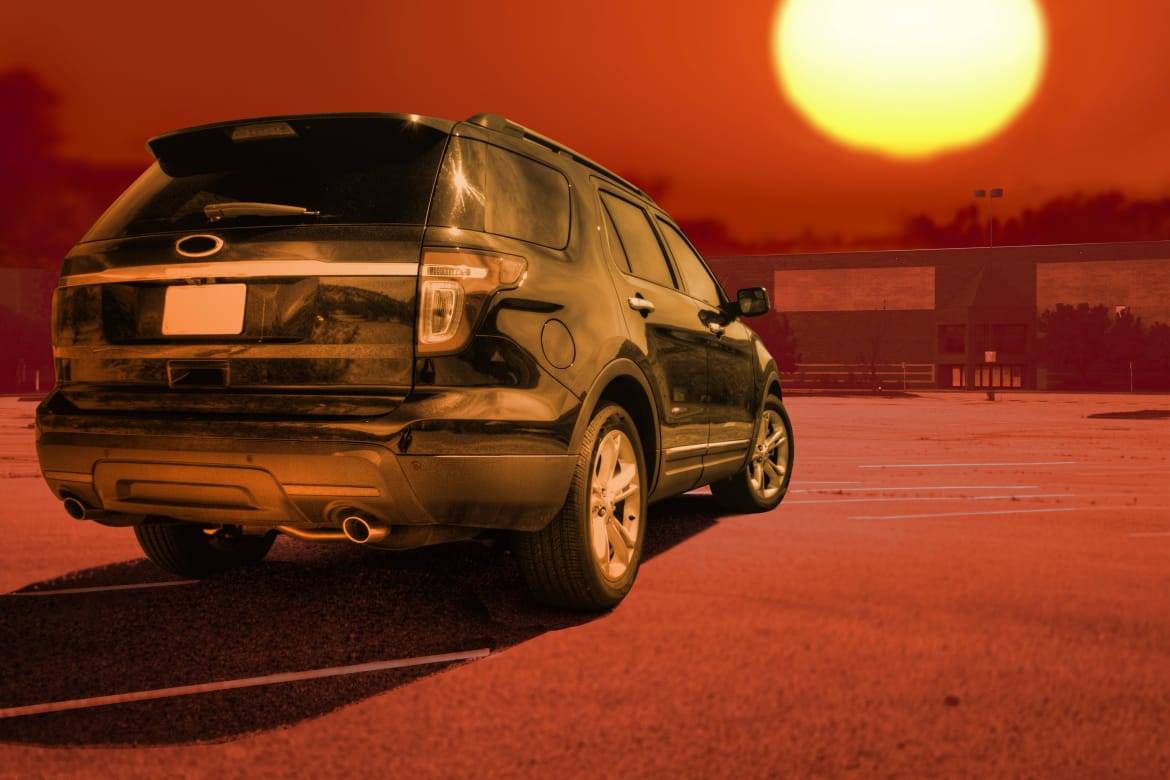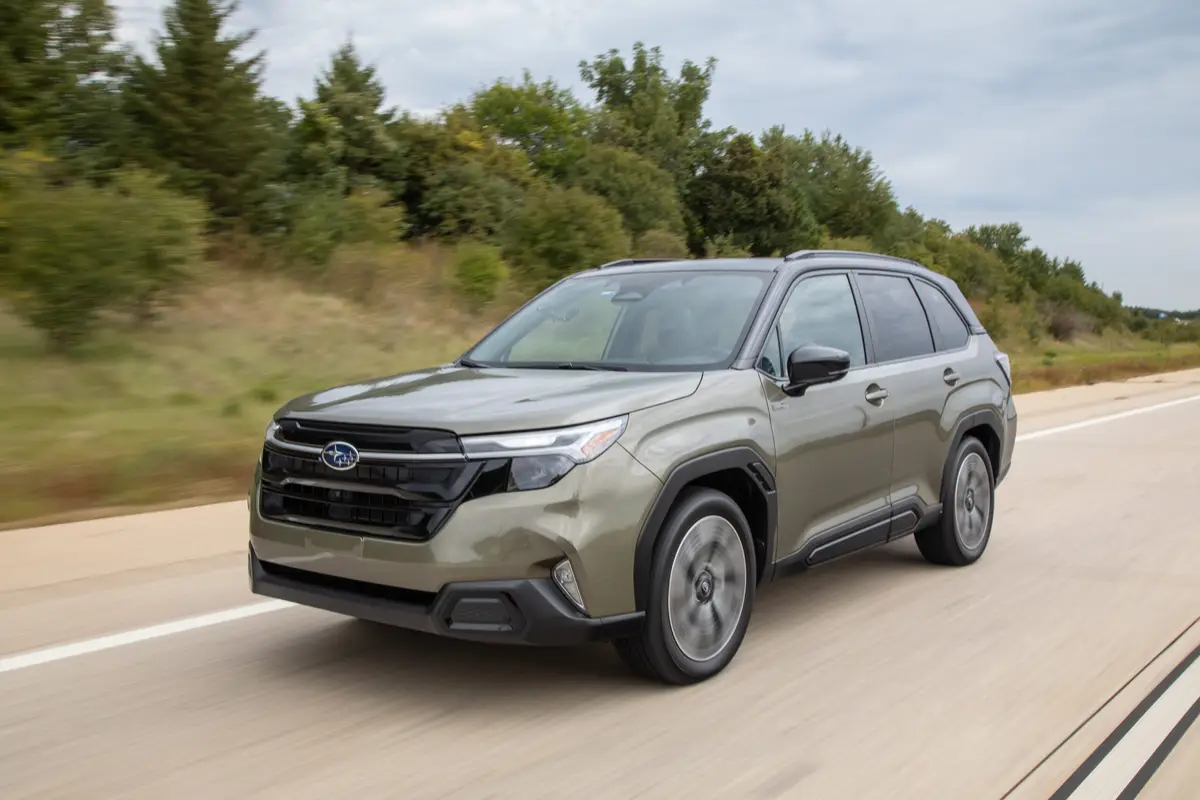Prevent In-Car Heatstroke


CARS.COM — So far this year, five children have died of in-car heatstroke; the latest is a 1-year-old Texas boy who was left in a car for approximately five hours earlier this week, according to the Fort Worth Star-Telegram. The temperature in the Texas town of Burleson that day was in the 80s, though heatstroke can happen when temps are much lower, and kids are especially vulnerable.
Related: Child Car Heatstroke Deaths Spike in 2016
Safety advocacy group KidsandCars.org says a child’s body overheats three to five times faster than an adult’s, and heatstroke occurs when the body’s temperature exceeds 104 degrees; a body’s organs begin to shut down at 107 degrees.
The interior of a car heats up quickly. Jan Null, a scientist from San Jose State University’s Department of Meteorology & Climate Science and moderator of the Noheatstroke.org website told us that after an hour in the sun, the air temp in a car can become around 43 degrees hotter than outside temps, depending on factors such as the color of a car’s interior. Null’s site has tracked 705 heatstroke deaths since 1998, with an average of 37 deaths per year. In about 54 percent of those cases, the child was accidentally forgotten by the caregiver.
In the case of the Texas infant, lawmakers say it appears to have been an accident. The National Highway Traffic Safety Admiration reports this is often the case. These deaths are preventable, and both automakers and car seat manufacturers are stepping up with new products and features to help prevent in-car heatstroke deaths.
GM, for example, debuted its Rear Seat Reminder system on the 2017 GMC Acadia. It prompts the driver to check the backseat for something — or more importantly someone — left back there. GM plans to offer the system on many more models soon. Evenflo’s Sensor Safe technology works in a similar way. The car seat system generates a chime once the car is turned off, reminding the parent there’s a baby in the backseat. In our testing, the SensorSafe Embrace DLX worked well.
These gadgets can’t replace heighted vigilance from caregivers, however. NHTSA reminds parents to look before they lock the car, and says many of these accidents happen when a caregiver’s routine is disrupted. If someone else is driving your child, or your daily routine has been altered in some way, always check to make sure your child has arrived safely. NHTSA also recommends keeping a stuffed animal in your child’s car seat when it’s empty, and moving it to the front seat as a visual reminder when your child is in the backseat.
But what about bystanders who happen to notice a child left behind in a parked car? NHTSA offers the following tips:
- If you see a child in a parked car, check to see if the child is responsive.
- If the child isn’t responding to you, call 911 and then try to get into the car. If that means breaking a window, do it. To break a car window, hit the window in one of its lower corners, which are its weakest points.
- If the child is responding to you, attempt to find the parents. If you have someone with you, one person should stay with the child in the car and the other should search for the parents. This could mean alerting the store’s security detail for the parking lot or paging the car owner over the store’s public address system. If you’re by yourself, enlist the help of a stranger or use a cellphone to call the store where the car is parked.

News Editor Jennifer Geiger joined the automotive industry in 2003, much to the delight of her Corvette-obsessed dad. Jennifer is an expert reviewer, certified car-seat technician and mom of three. She wears a lot of hats — many of them while driving a minivan.
Featured stories




